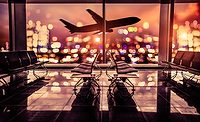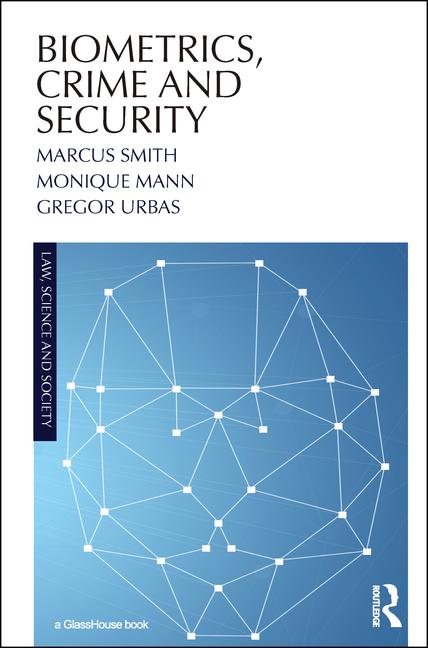New Technology Could Change Airport Security Rules on Liquids

The Los Alamos National Laboratory announced what it called a breakthrough for screening liquids at airport security.
Called MagRay, the system uses magnetic resonance imaging (MRI) and X-rays to quickly analyze whether a bottle's contents are safe or dangerous, said CNBC.
"Things that were challenging before now suddenly become quite clear—even very-difficult-to-detect liquid explosives," said Michelle Espy, a Los Alamos National Laboratory physicist and MagRay project leader.
An effective scanner must detect whether a passenger is carrying, for example, a bottle of white wine or nitromethane, which looks similar but could be used to make an explosive, CNBC said. Screening liquids is challenging because X-ray technology looks at density changes, but since liquids don't have lots of density changes, it's difficult to tell them apart, CNBC said.
Each liquid has its own signature, which allows the system to determine whether it's benign or a threat. All kinds of containers can be screened, and the process doesn't affect the liquid in any way, the report added.
The ultimate goal is to incorporate the technology with existing X-ray tunnels at airports, so that you can put any amount of liquids in a bin and have them screened along with your carry-ons, CNBC said. If everything goes "absolutely perfectly," it might take about four years for the system to make its way to airports, the report said.
Looking for a reprint of this article?
From high-res PDFs to custom plaques, order your copy today!









